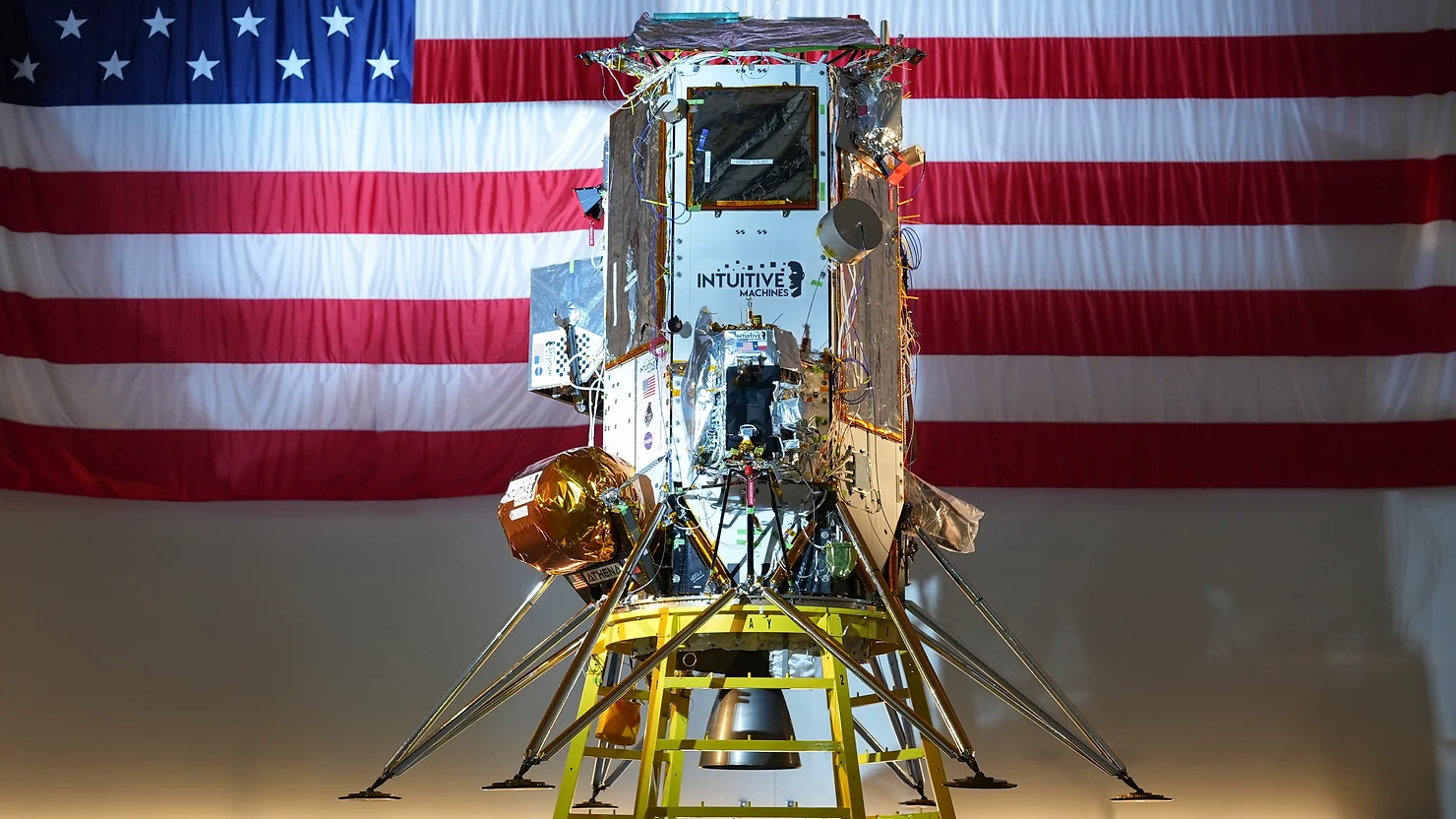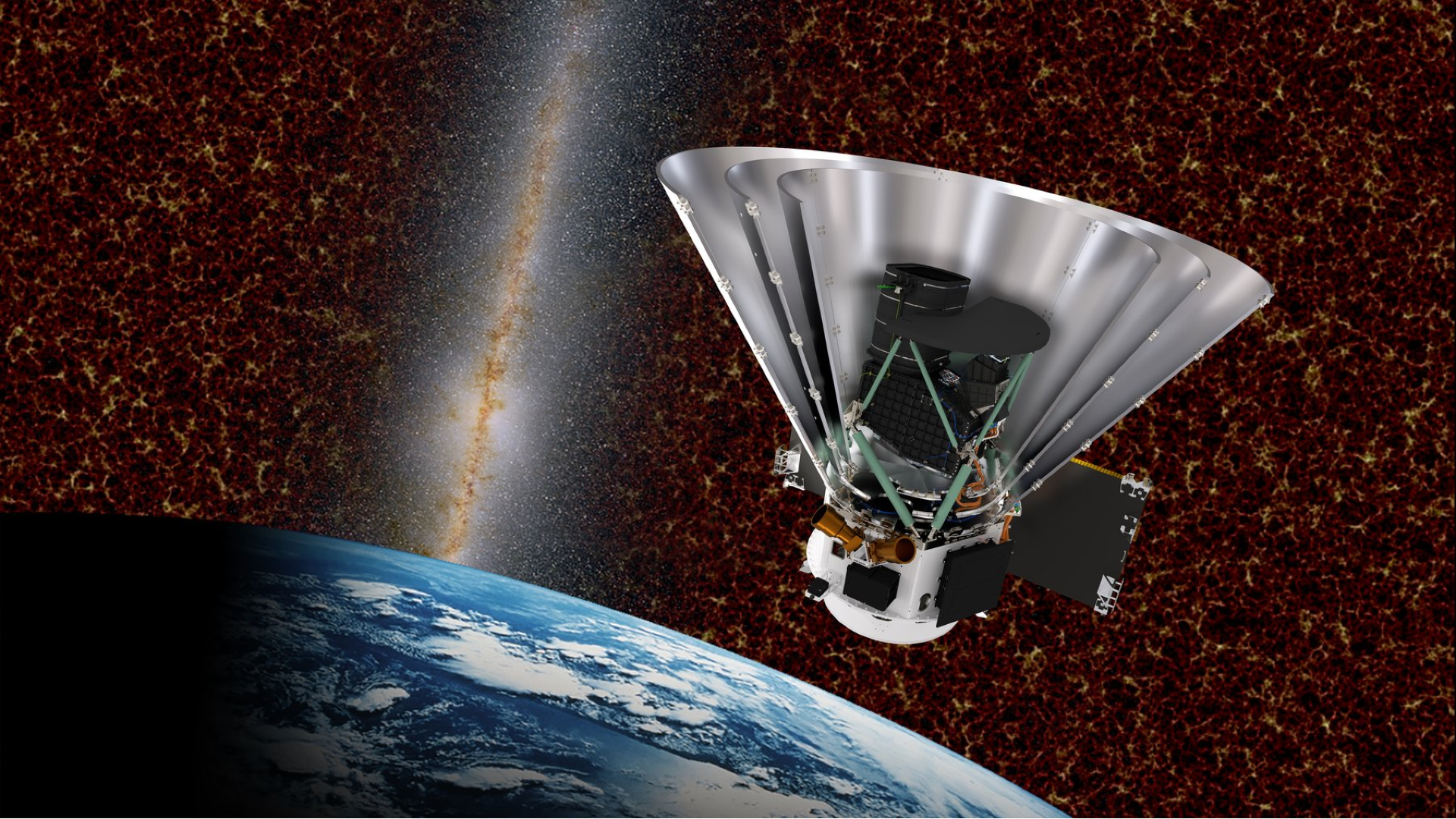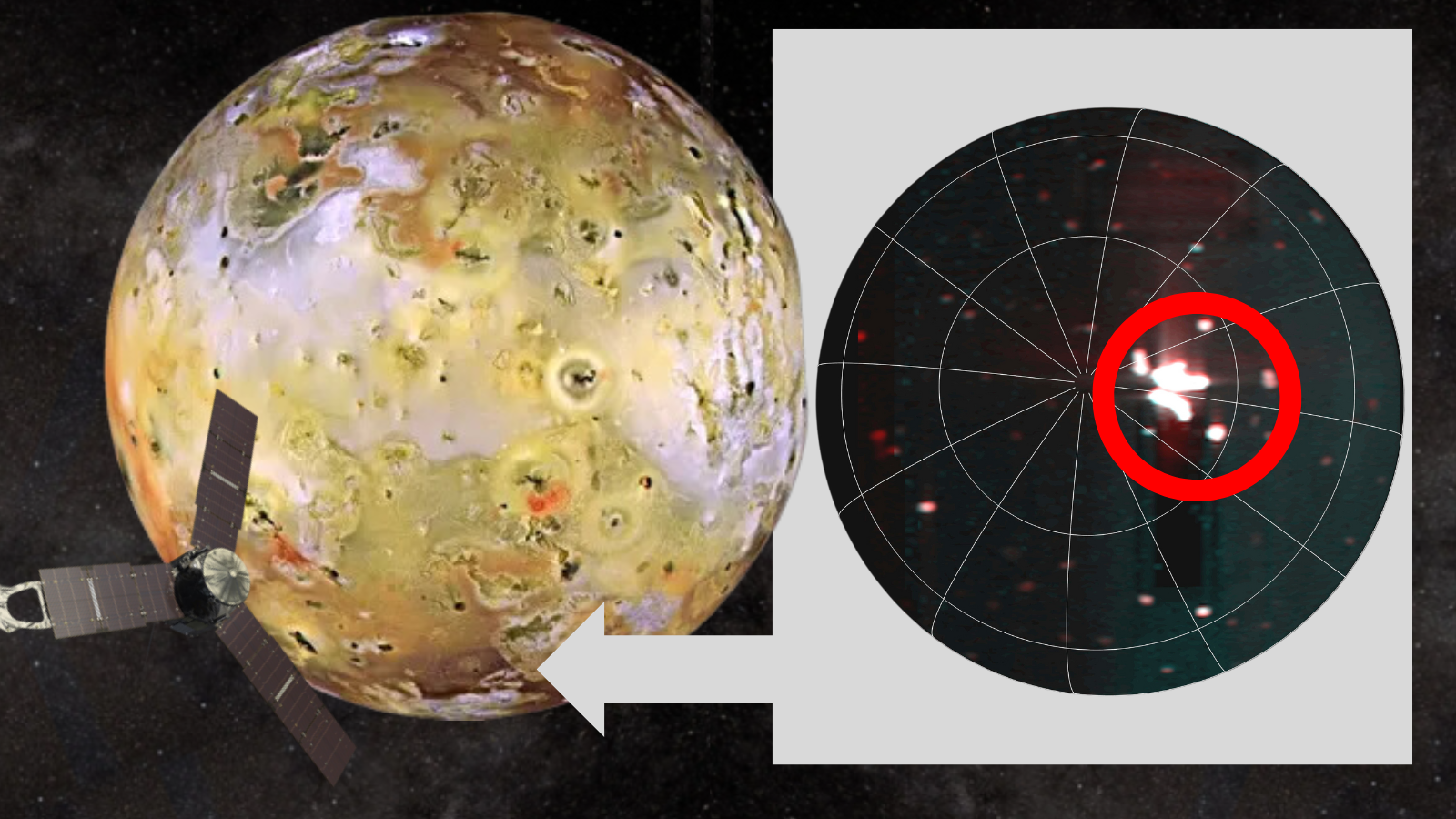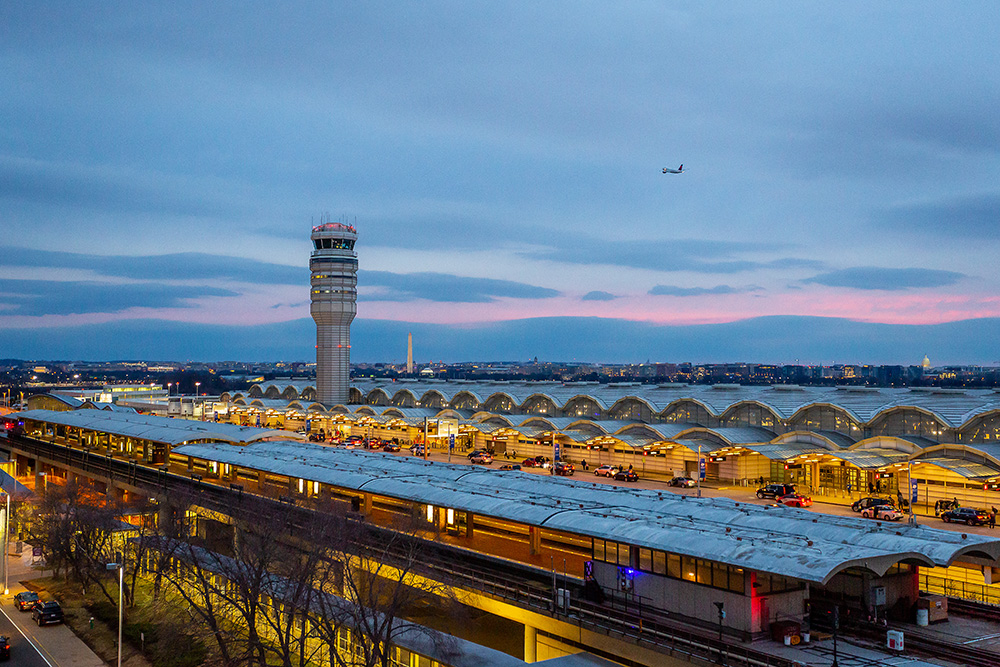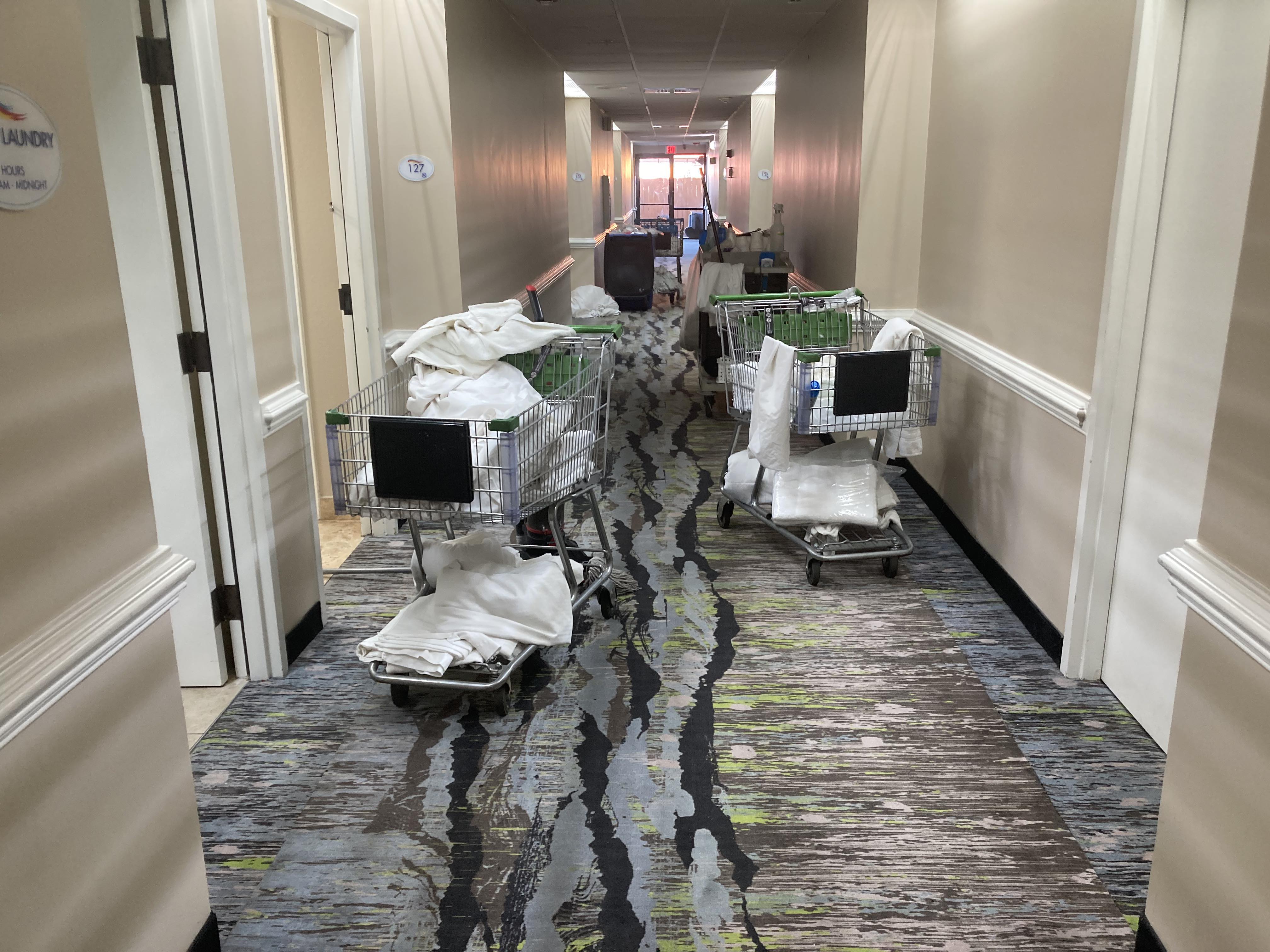Nvidia DLSS 4 tested: ray reconstruction upgrades deliver radical enhancements
With the arrival of the new RTX 50-series line of graphics cards, Nvidia has released DLSS 4. While multi frame generation features are exclusive to the new GPUs, the existing DLSS super resolution and ray reconstruction technologies are upgraded with a far superior transformer model, which can be used on any RTX card, going all the way back to the 2018 Turing offerings. There are big improvements across the board and we'll be looking at each component DLSS 4 offers, starting today with ray reconstruction. To what extent is quality improved? If the model is indeed more complex than the older convolutional neural network offering, what's the performance impact on legacy RTX cards? Read more


With the arrival of the new RTX 50-series line of graphics cards, Nvidia has released DLSS 4. While multi frame generation features are exclusive to the new GPUs, the existing DLSS super resolution and ray reconstruction technologies are upgraded with a far superior transformer model, which can be used on any RTX card, going all the way back to the 2018 Turing offerings. There are big improvements across the board and we'll be looking at each component DLSS 4 offers, starting today with ray reconstruction. To what extent is quality improved? If the model is indeed more complex than the older convolutional neural network offering, what's the performance impact on legacy RTX cards?

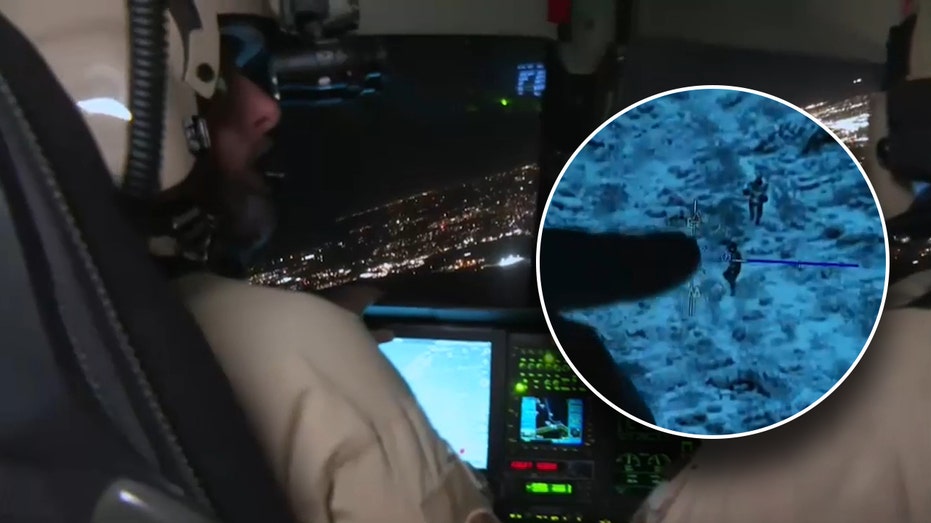











![From Gas Station to Google with Self-Taught Cloud Engineer Rishab Kumar [Podcast #158]](https://cdn.hashnode.com/res/hashnode/image/upload/v1738339892695/6b303b0a-c99c-4074-b4bd-104f98252c0c.png?#)






















